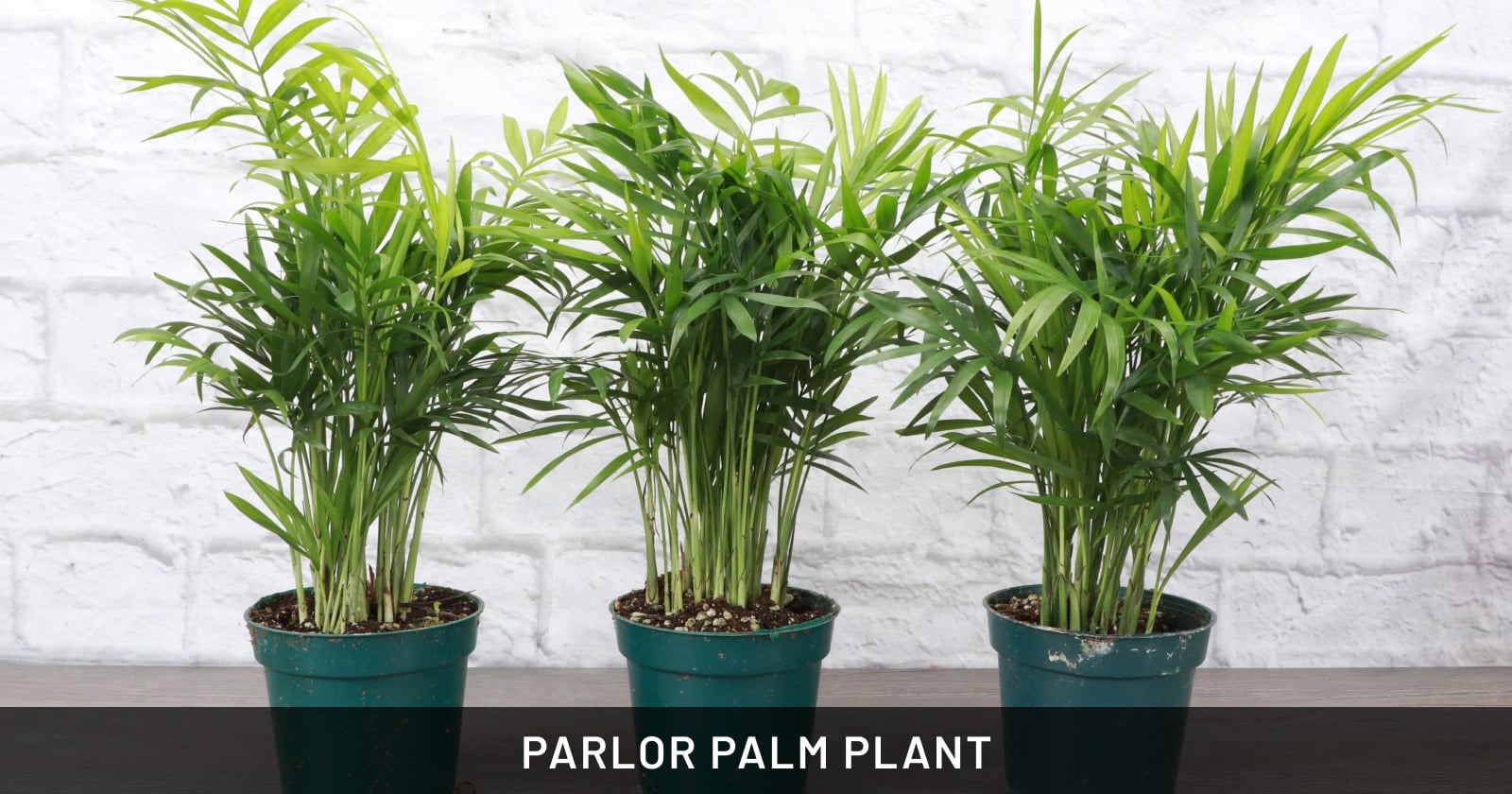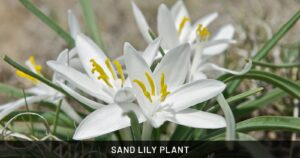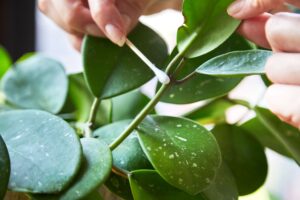The Parlor Palm, a charm in homes for its air-purifying qualities and low-light tolerance, thrives with minimal care. Originating from the rainforest floors of Mexico and Central America, it’s a resilient addition, growing up to four feet indoors. Its compact size and lush, green fronds make it an ideal choice for small spaces, adding a touch of tranquility. For pet owners, the Parlor Palm stands out as non-toxic, offering peace of mind. Water it sparingly, letting the soil dry between sessions, and enjoy its forgiving nature. This plant not only embellishes your space but also fosters a safer, greener environment for your furry friends. A testament to both beauty and safety, the Parlor Palm bridges the gap between nature and pet-friendly living.
| Characteristic | Detail |
|---|---|
| Scientific Name | Chamaedorea elegans |
| Family | Arecaceae (palm family) |
| Origin | Mexico and Guatemala |
| Common Names | Parlor Palm, Neanthe Bella Palm |
| Growth Habit | Clumping palm that grows in multiple stems |
| Height | Up to 4 feet indoors; rarely exceeds this in house conditions |
| Leaf Color | Bright green |
| Leaf Shape | Pinnate leaves that divide into many leaflets |
| Light Requirements | Prefers bright, indirect light but can tolerate low light |
| Watering Needs | Keep soil evenly moist; allow top inch of soil to dry out before watering again |
| Soil Type | Well-draining, peat-based potting mix |
| Temperature Tolerance | Prefers temperatures between 65°F and 80°F (18°C – 27°C); sensitive to cold |
| Humidity Requirements | Enjoys higher humidity but can adapt to average home conditions |
| Fertilization | Feed lightly during the growing season with a balanced, water-soluble fertilizer |
| Toxicity | Non-toxic to cats and dogs |
| Propagation | Through seeds or division of the clumps |
| Pests | Susceptible to spider mites if conditions are too dry |
| Maintenance Level | Low; considered a good plant for beginners |
| Air-Purifying Qualities | Known for removing indoor air pollutants |
| Special Features | Compact size makes it ideal for small spaces and indoor use; durable and adaptable to various home environments |
How to Grow and Care for Parlor Palm
Is the parlor palm toxic to dogs/cats/horses?
Great news! Parlor palms (Chamaedorea elegans) are considered non-toxic to dogs, cats, and horses according to the ASPCA.
Can my pet nibble on a parlor palm without getting sick?
While non-toxic, large quantities of any plant material can cause mild stomach upset in pets. The parlor palm’s fronds might not be very appealing due to their texture.
Is the parlor palm safe to keep indoors with pets around?
Absolutely! Parlor palms are a popular choice for pet-friendly homes. They are slow-growing and relatively sturdy, making them less susceptible to damage from curious pets.
Are there any special precautions I need to take with a parlor palm and pets?
Even though non-toxic, excessive chewing can damage the plant. Here are some tips:
- Placement: Position the parlor palm in a stable location where pets can’t easily knock it over. Consider placing it on a high shelf or hanging basket if your pet is a climber.
- Training: Discourage chewing with positive reinforcement techniques. Reward your pet for leaving the plant alone.
- Provide alternatives: Offer your pet chew toys or designated safe plants to redirect their chewing behavior.
What if my pet chews on a parlor palm frond?
If you notice your pet chewing on the parlor palm, remove any large pieces from their mouth. Monitor them for signs of stomach upset. If they seem unwell, consult a veterinarian.






